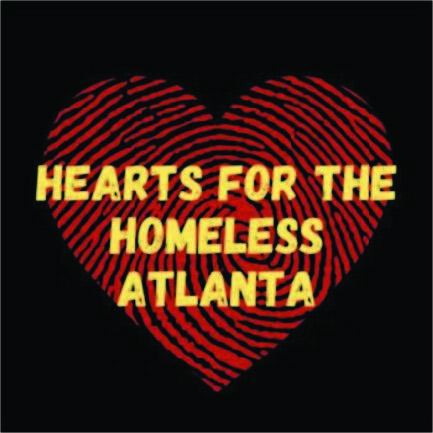
For several years, green spaces across Georgia State’s campus served as small communities where unhoused people could congregate, socialize and take shelter.
These people would spend time playing chess at Woodruff Park or resting in the shade at Hurt Park. Local food shares and nonprofits often brought free meals and resources to the homeless populations living in these central gathering places.
Today, Hurt Park is empty. In August, Georgia State constructed a fence around the perimeter, and GSUPD pushed out the unhoused people who once gathered there. Georgia State is renovating the park as part of its ongoing effort to develop the campus further.
Sophomore Trevor Kosloski is the vice president and co-founder of Hearts for the Homeless Atlanta, a student organization focusing on health issues affecting the homeless population and providing them free healthcare and resources. He says removing unhoused people from significant areas in Atlanta has increased since the COVID-19 pandemic started.
“The pandemic has been used to justify this upscale in brutality,” Kosloski said. “And we have less people on campus, so there’s less awareness of what’s going on. But these things were already going to happen. [Georgia State] has essentially been declaring war on impoverished populations around Atlanta, and the pandemic has allowed them to do this without any real opposition.”
Haritha Dhamodharan, president of Hearts for the Homeless Atlanta, notes that homeless populations have a higher rate of diabetes and heart disease. This increased risk makes unhoused people even more vulnerable to complications if diagnosed with the coronavirus.
“Coronavirus is particularly hard for people who have these diseases,” she said. “And if you’re a homeless person, how are you going to get the treatment that you need, much less get a mask or even just social distance?”
The pandemic not only poses more significant health risks to the existing unhoused population but puts the broader community at risk of becoming homeless. Kosloski added that increased gentrification in Atlanta and the economic crisis makes homelessness prevention even harder.
“Some 62 percent of the renting population was at risk of being evicted back before the CDC moratorium,” he said. “So, we have no idea how many people have been rendered homeless by this.”
Kosloski has witnessed some Georgia State students making insensitive comments about unhoused people around campus. He urges students to recognize that homelessness is a systemic issue.
“The ability to live a basic human life has been denied to so many unhoused people in Atlanta,” Kosloski said. “And not because of a particular choice or merit they have or don’t have, but as a product of a rental market that’s designed to occasionally purge people when they’re no longer profitable.”
For students interested in advocating for the homeless but aren’t visiting campus, Dhamodharan suggests donating to a local homeless shelter.
“A lot of shelters have Amazon wish lists where you can buy something, and the package will be sent directly to the homeless shelter without any personal interaction,” she said. “Whether they need things as simple as tampons for homeless women or just masks … [donating] can go a long way for a homeless shelter.”
As for in-person advocacy, Kosloski recommends participating in direct action or getting involved in the Housing Justice League.
“To crib from late congressman John Lewis, ‘get in good trouble,’” he said. “The big thing that challenges the unilateral power of austere housing developers, of gentrification, of landlords, is being…able to put your body between them and the person they are trying to evict or displace … So, get in good trouble.”
